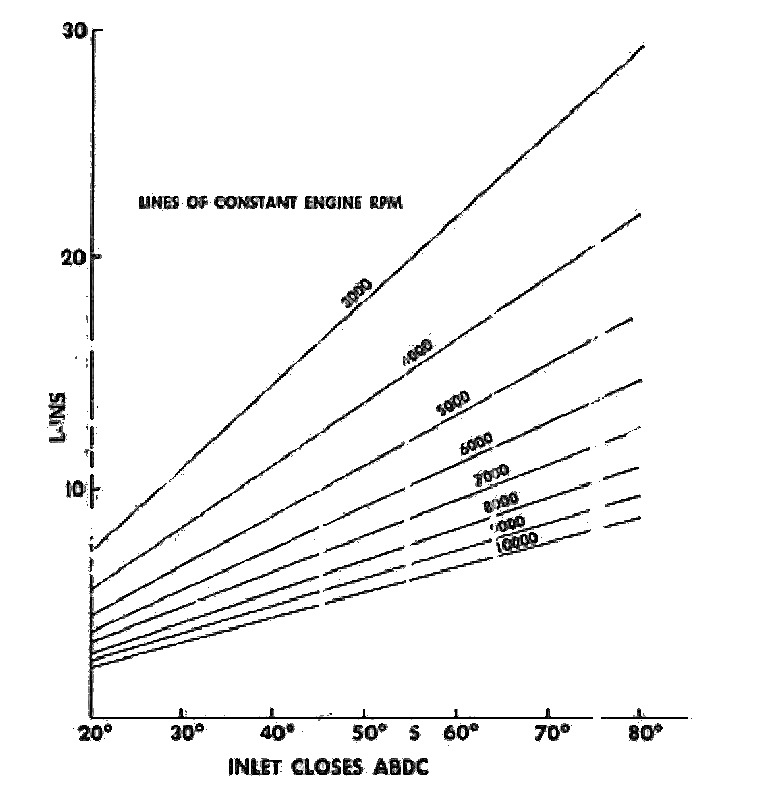look up does size matter?, started by 1jz747. it has a bit in there, as well as links i think.
i don't think there is much tuning in turbo setups, as the air is forced in, instead of sucked in. there wouldn't be much difference if the runners were longer, except to give you a bit more response before boost maybe?






 Reply With Quote
Reply With Quote
 I'm not looking at making an inlet manifold from scratch, I've seen heaps of people push more power than I'm after through the stock 1JZ-GTE manifold so I don't believe it to be a large restriction...what I am thinking about doing is adding a spacer (of ~ 60mm) between the existing injector manifold and the inlet plenum manifold (1jz has a two part inlet).
I'm not looking at making an inlet manifold from scratch, I've seen heaps of people push more power than I'm after through the stock 1JZ-GTE manifold so I don't believe it to be a large restriction...what I am thinking about doing is adding a spacer (of ~ 60mm) between the existing injector manifold and the inlet plenum manifold (1jz has a two part inlet). 
Bookmarks